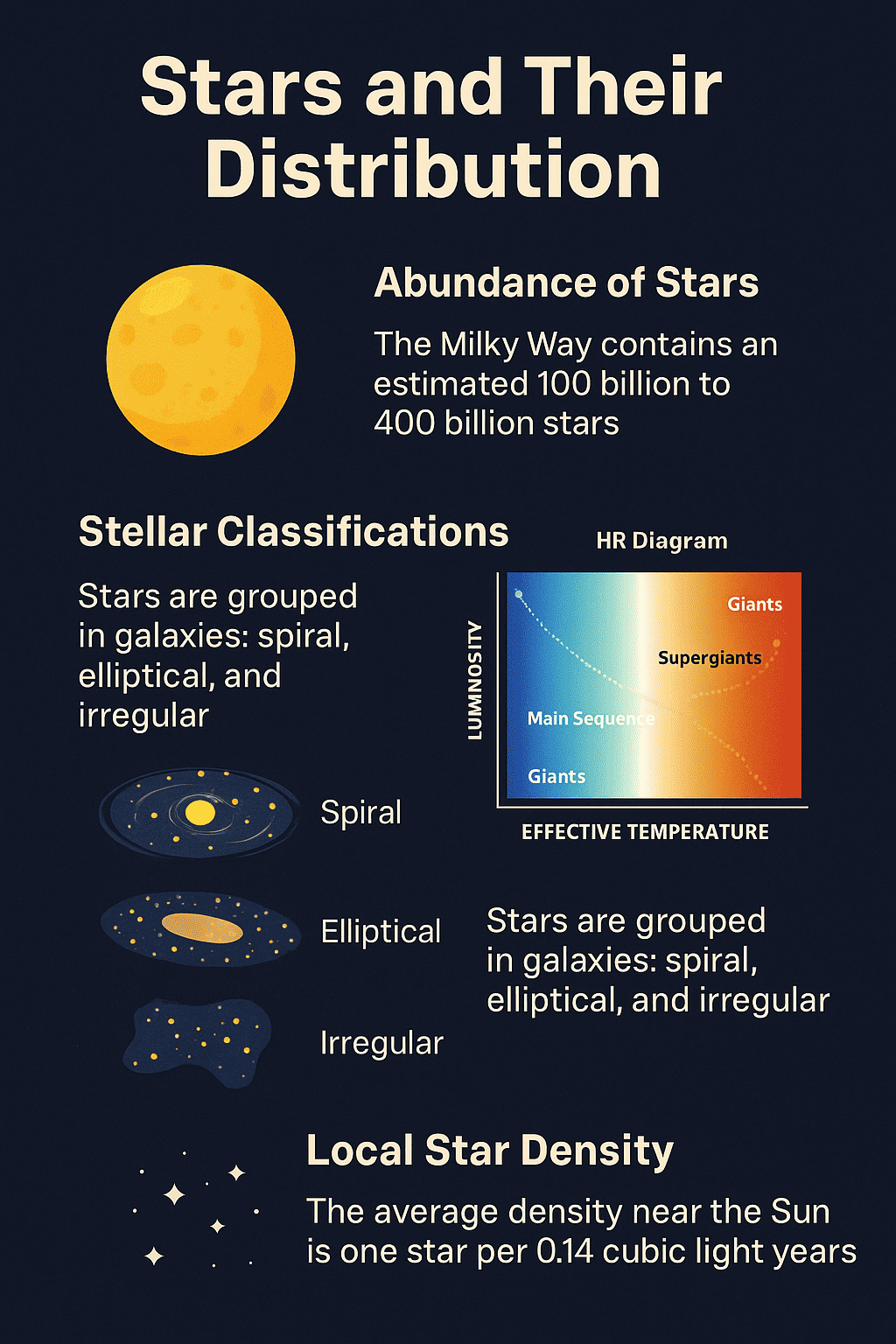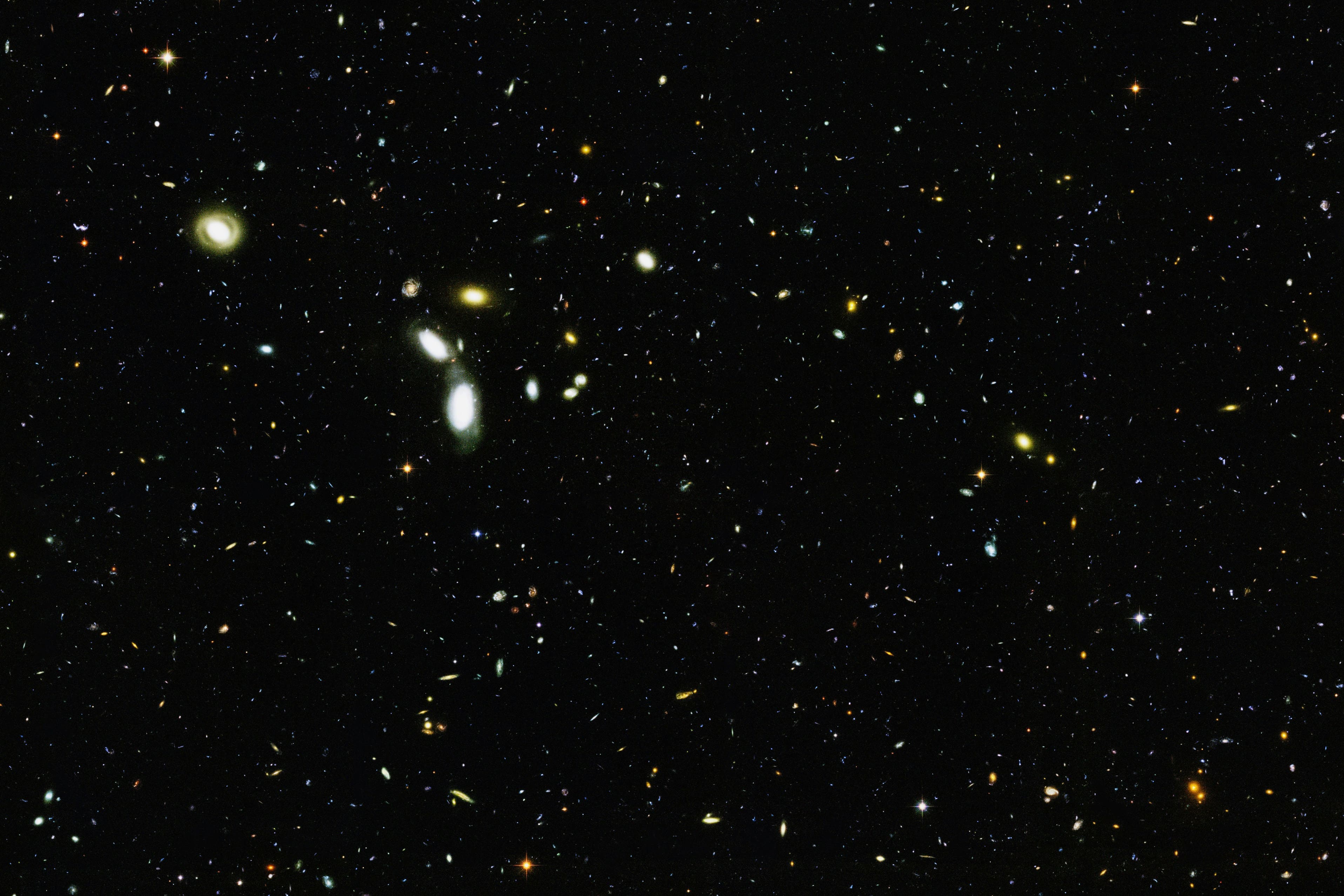Dark matter is one of the most fascinating yet elusive topics in astrophysics. While invisible and undetectable by conventional methods, scientists strongly believe dark matter makes up about 27% of the universe. But what exactly is dark matter, why do scientists believe it exists, and how close are we to truly understanding it?

What Is Dark Matter?
In simple terms, dark matter is a mysterious form of matter that does not emit, absorb, or reflect light. It is completely invisible, detectable only through its gravitational effects on visible matter, light, and the structure of the universe itself.
The presence of dark matter is inferred indirectly. Unlike ordinary matter—made up of protons, neutrons, and electrons—dark matter appears to interact minimally, if at all, with electromagnetic forces, making it extremely difficult to detect directly.
The Evidence for Dark Matter
Galaxy Rotation Curves
One of the earliest and most convincing pieces of evidence for dark matter came from observations of galaxy rotation. Astronomers expected stars at the edges of galaxies to move slower than those near the center due to lower gravitational pull. However, observations showed stars orbiting at roughly the same speed, regardless of their distance from the galactic center. This discrepancy strongly suggested the presence of an invisible mass—dark matter—holding these galaxies together.
Gravitational Lensing
Gravitational lensing occurs when massive objects, like galaxy clusters, bend the path of light traveling near them. This phenomenon has consistently revealed that galaxy clusters contain far more mass than visible matter can account for. These gravitational lenses indicate that a significant invisible mass—dark matter—is present, influencing the structure of the universe.
Cosmic Microwave Background (CMB)
Measurements of the cosmic microwave background radiation—the afterglow from the Big Bang—provide another compelling clue. Precise studies of CMB fluctuations suggest the universe’s composition includes around 27% dark matter. Without dark matter, the large-scale structure of galaxies and galaxy clusters we observe today would be impossible to explain.
What Could Dark Matter Be?
Scientists have proposed numerous theories and candidate particles that could explain the nature of dark matter. Some of the leading hypotheses include:
Weakly Interacting Massive Particles (WIMPs)
WIMPs are hypothetical particles heavier than protons but interact weakly with ordinary matter. Researchers have constructed highly sensitive underground detectors to try capturing rare WIMP interactions, but despite extensive searches, direct detection remains elusive.
Axions
Axions are another promising dark matter candidate, initially proposed to resolve theoretical problems in particle physics. Extremely light and interacting weakly with matter, axions could exist abundantly without detection. Experiments designed to detect axions are underway worldwide, but none have provided definitive evidence yet.
MACHOs (Massive Compact Halo Objects)
MACHOs were once considered possible dark matter candidates—these could include black holes, neutron stars, or faint dwarf stars. Observational tests, however, have largely ruled out MACHOs as a significant portion of dark matter, pushing research toward particle-based explanations instead.
Challenges in Detecting Dark Matter
Detecting dark matter directly is immensely challenging because of its weak interactions. Laboratories around the world, including particle accelerators such as the Large Hadron Collider (LHC), dedicated underground detectors like the Xenon experiment, and cryogenic detectors operating at ultra-low temperatures, search persistently for evidence of dark matter particles. Scientists have developed highly sensitive instruments capable of detecting extremely faint and rare signals, often buried beneath cosmic radiation and background noise. Despite these advanced methods, the elusive nature of dark matter means every potential signal must undergo rigorous validation and scrutiny by the scientific community. Many initially promising signals have been dismissed after exhaustive analysis, emphasizing the challenge in clearly distinguishing genuine dark matter events from background interference. Continued technological advancements and increased detector sensitivities offer hope that more conclusive evidence will eventually be found.
Recent Advances and Future Prospects
Recent research and technological improvements offer hope for resolving dark matter mysteries in the coming decades. Advanced telescopes like the James Webb Space Telescope and future gravitational wave observatories could provide crucial new insights.
Moreover, improved dark matter detection experiments continue to refine their methods, hoping to either detect these elusive particles or rule out entire categories of dark matter candidates conclusively.
Why Does Dark Matter Matter?
Understanding dark matter is essential not only because it constitutes a significant portion of the universe but also because it profoundly shapes the cosmos we inhabit. It influences galaxy formation, determining how galaxies cluster and evolve, and plays a critical role in guiding the motion of galaxies within larger cosmic structures. Without the gravitational scaffolding provided by dark matter, galaxies as we know them would not have formed, and the universe would look drastically different. Furthermore, dark matter significantly affects cosmic expansion, impacting the universe’s overall structure and dynamics.
Identifying dark matter would revolutionize physics by opening entirely new fields of fundamental research. It would challenge and potentially expand current theories in gravity and particle physics, prompting a reevaluation of established concepts. Confirmation of dark matter’s properties and interactions could lead to groundbreaking technological advancements, from improved methods of energy detection to novel materials inspired by dark matter’s unique characteristics. Ultimately, a deeper understanding of dark matter would not only illuminate the hidden aspects of our universe but also enhance our comprehension of the fundamental laws that govern reality itself.
The Big Picture: Dark Matter and Our Cosmic Understanding
Dark matter embodies one of science’s most profound mysteries, intertwining astrophysics, particle physics, and cosmology. While researchers have made substantial progress in detecting its gravitational influence, directly capturing or identifying dark matter particles remains a significant scientific challenge.
The persistent efforts of astronomers, physicists, and cosmologists globally demonstrate the enormous value of answering this mystery. Dark matter not only invites scientists to question what we see but also encourages us to explore deeply what remains unseen. Each new discovery moves humanity closer to understanding the vast, hidden aspects of our universe.
As science pushes forward, it is possible that within our lifetime, the mystery of dark matter will transition from hypothesis to proven reality, reshaping our understanding of the universe and our place within it.
